Rosimeire’s house was immaculate. Every surface gleamed and not a single item looked out of place. Her kitchen, where she served us coffee and cake, had all the modern appliances. This was not what I expected.
I lived in Colombia for several years, and it is where I have the most origin experience. My recent visit to Minas Gerais earlier this month was my first ever time in Brazil, and the contrast between the two countries was much starker than I anticipated. I expected neat rows of coffee trees with wide spaces between for the mechanical harvesters. I expected bigger farms and more mechanisation, but I didn’t expect the much higher degree of development across the country.
Caveat
My personal observations are based on a limited selection of farms and the descriptions of conditions in this blog post do not apply to all producers or all farms in these two countries. I am sure there are many exceptions.
More development, better infrastructure
Rosimeire is not a large-scale Brazilian coffee producer. Her farm, located in Lambarí in the Mantiquiera mountain range of Minas Gerais, is about the same size as those I have visited in Huila, Tolima and Valle del Cauca in Colombia. The Colombian producers I have met are equally proud of their homes, and just as warm and hospitable as their South American neighbours, but they are working in much less developed conditions. Their homes are often painted concrete structures with corrugated iron roofs and wood-fired stoves for daily cooking, including the preparation of meals for pickers during the harvest. In contrast the Brazilian producers we met live in solidly built structures with tile roofs and neat verandahs.
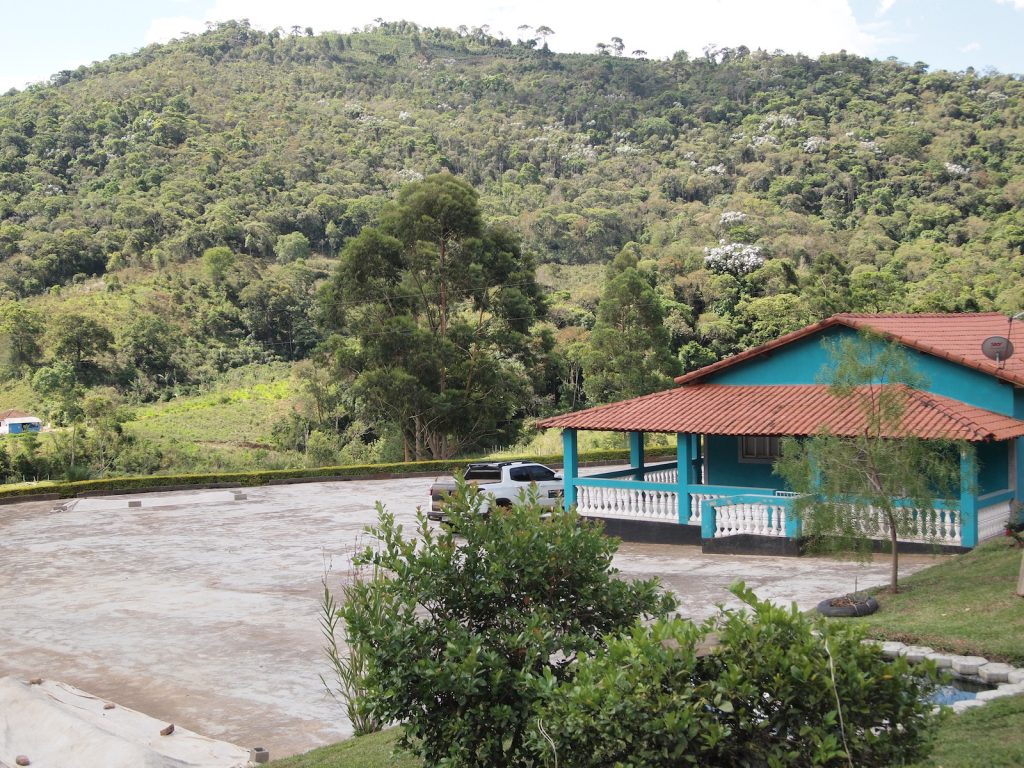
The roads in Minas Gerais are wide and well maintained. With the exception of one slippery descent down a muddy track, we drove in comfort and safety to the door of each producer we visited. In Colombia you are as likely to arrive by mule as by car, and some steep inclines are impossible even for these purpose-bred animals.
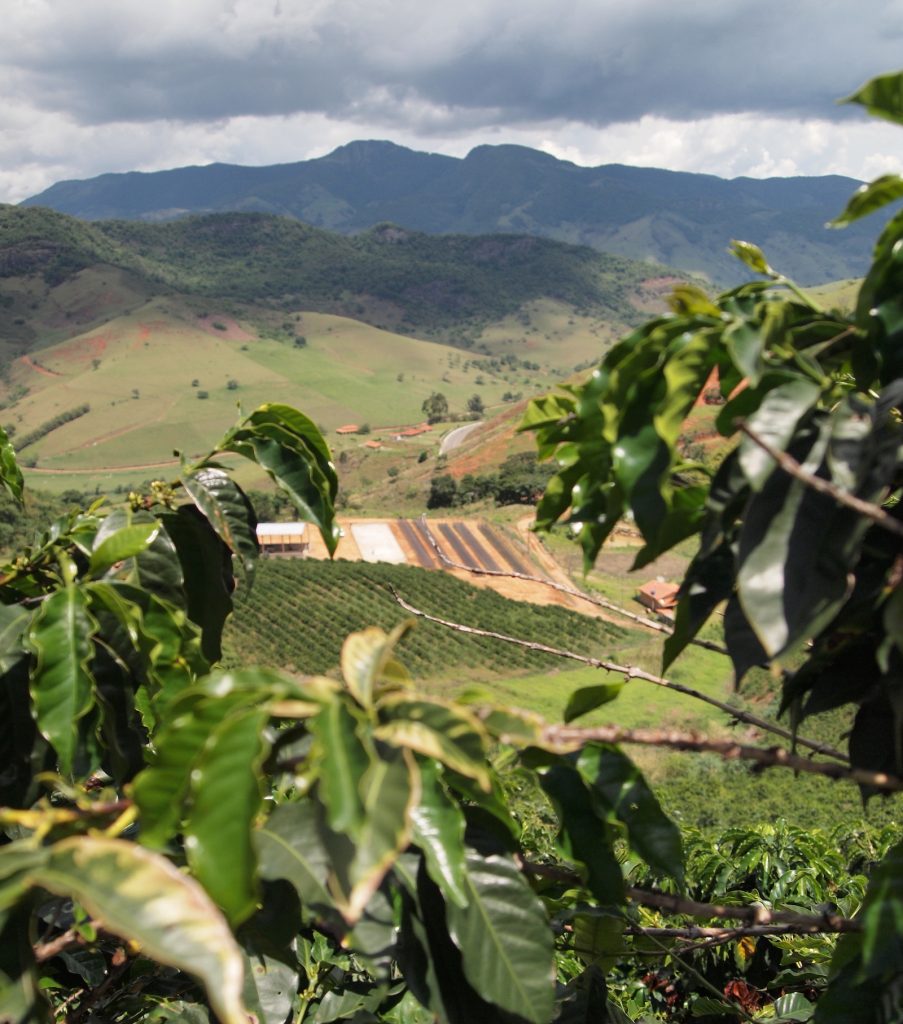
Different value chains
Another major contrast has to do with the supply chain of each country. In Colombia farmers deliver parchment, and washed is the most common process. The farmers I visited in Colombia used tile-lined baths to soak and wash their coffee, and for drying they have raised beds under parabolic roofs, or Casa Elbas on top of their house (a flat bed with a roof that can be moved to cover the parchment when it rains).
In Brazil, most farmers produce natural processed or pulped natural coffees. Traditionally in the Mantiquiera region, coffee is dried on patios that are often constructed directly in front of the family home. There are no lawns or veggie gardens here, just large swathes of concrete, utlising every spare metre of the farm.
While I didn’t see a single fermentation tank on the farms we visited in Brazil, I saw much more sophisticated machinery than I had ever seen on a Colombian farm. Brazilian coffee producers generally deliver green coffee to the exporter, rather than parchment, so they must own a dry mill. These machines remove the dried cherry skin and parchment, and some do a limited sorting of size and density. This green coffee is almost always sorted further at the dry mill by more sophisticated machines. Many producers also own a mechanical dryer which they use to finish the drying process, and several have their own mechanical pickers, as hand-picking coffee is extremely expensive in Brazil.
Different challenges in Brazil
While producers in Brazil may be working in more developed conditions, there are still many challenges. The Brazilian coffee market is structured around extremely large farms. Commercial prices are low, and more tightly tied to the C-Price than anywhere else we work. However low prices per kilo are generally offset by extremely large volumes which provide economies of scale that bring production costs down.
A visit to the Armazens Leste de Minas Dry mill demonstrated the sheer scale of the Brazilian coffee industry. At the entrance enormous trucks pull up and unload containers of green coffee directly through a trap door and into a giant pit covered in a grill. From there the coffee is sucked up into a machine that pours the beans into 1500 kg bags to be stacked in the warehouse. Enormous machines covering ground the size of a small farm in Africa are used to clean the green coffee of dust, remove stones and debris, sort to remove defects, and grade by density and size. (The specialty area is in the middle of the mill and can operate with a minimum of 600kg of green coffee. That means the smallest lot it can sort, grade and bag is 10 bags.)
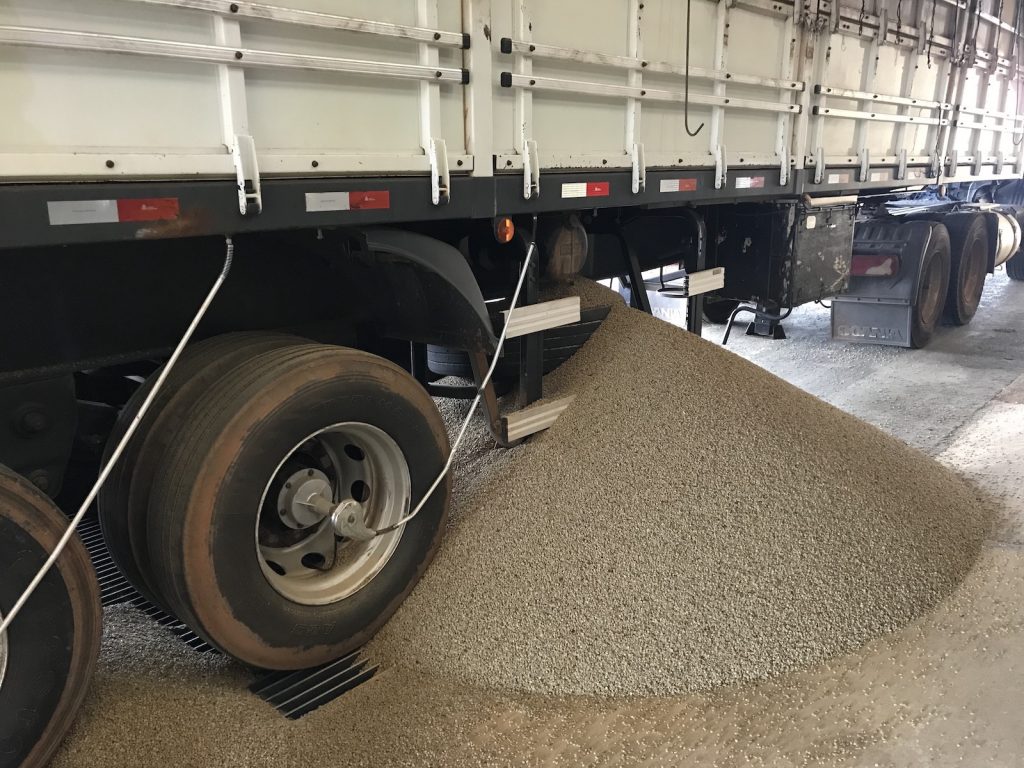

However not all coffee farmers in Brazil are operating on a large scale. The particular producers we work with own work small to medium sized farms, some as small as 2 hectares, many between 5 and 15 hectares. Economies of scale don’t apply here, so many producers are looking to the specialty market for better prices.
A new generation
The other stark difference was the presence of a young generation of coffee growers. The people we met were mostly between the ages of 25 and 35, an age group in short supply in many of the producing communities I have visited in Colombia. These Brazilian farmers have some years of coffee production under their belt, but they are young and innovative enough to see the value of change and experimentation. Several producers we met have recently studied fermentation and cupping, including Rodrigo Melo, and Tiago (pictured below), Fatima Lourdes’ son, and Rosimeire’s brother-in-law. Both producers are experimenting with different fermentation techniques to produce differentiated lots. Rodrigo showed us his lab which, while simple, allows him to cup and assess the results of his experiments, and generally negotiate better prices by knowing the quality of his own coffee. Both producers agree that earning higher premiums for better quality coffee is the only way they can compete against the large industrial farms that dominate their country.
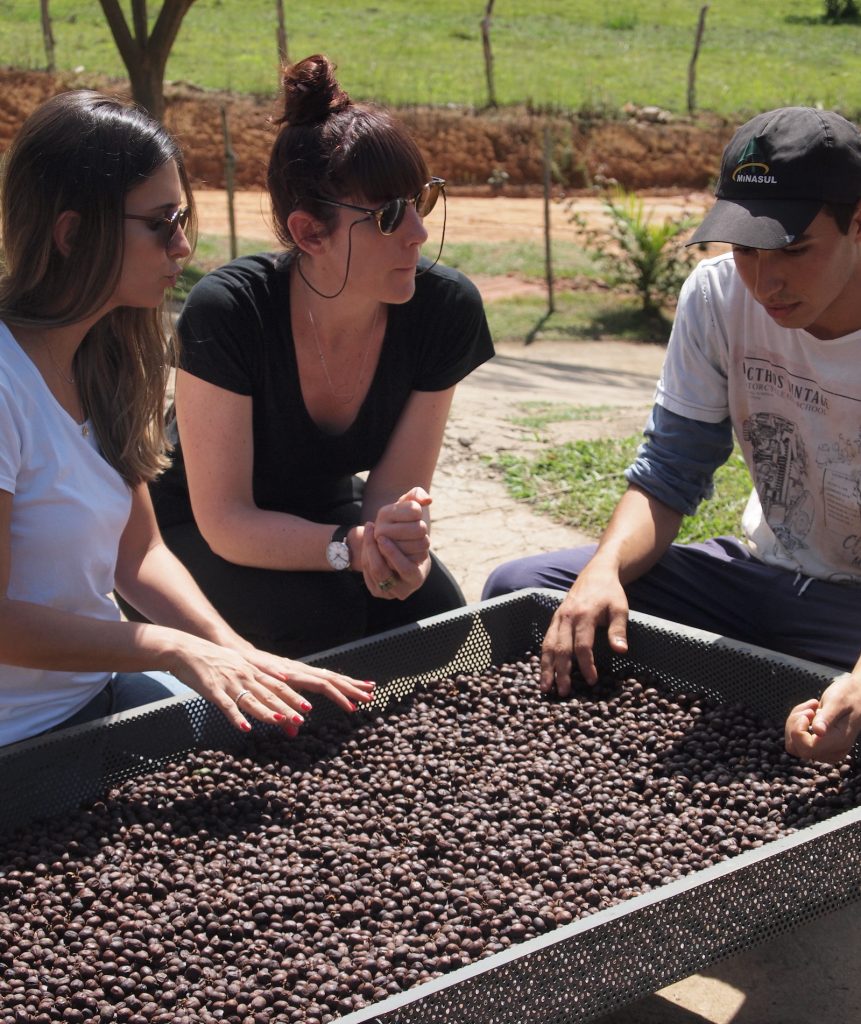

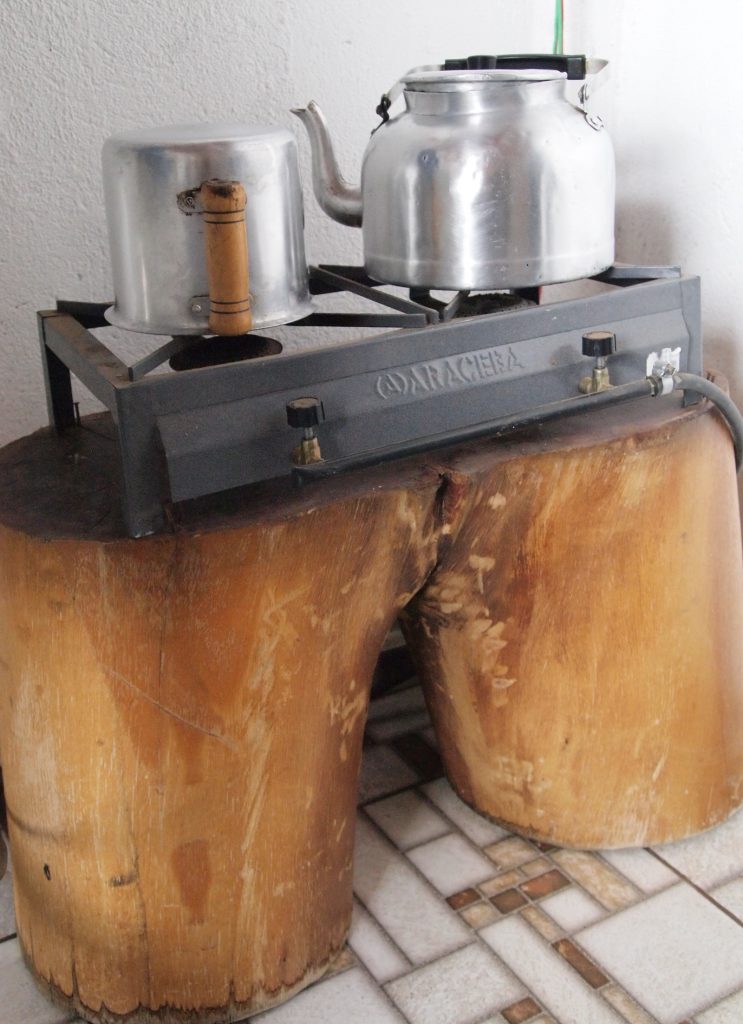
Unexpected profiles
I have cupped enough Nordic Approach Brazils in the office in Oslo to know that our offering is not your standard Brazil profile. However a trip to the country was needed to understand just how diverse the coffee can be. I was continually surprised by the complexity in the cup, with familiar caramel and nutty bases layered with bright acidity and fruit notes featuring everything from bold tropical punch to soft stone fruit and florals. Check out our offers list below, and be delightfully surprised.
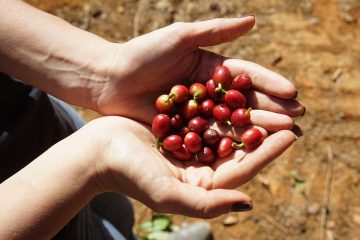
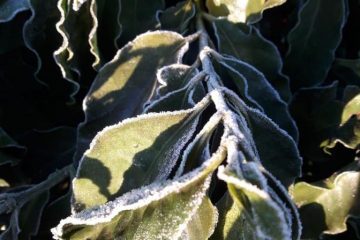
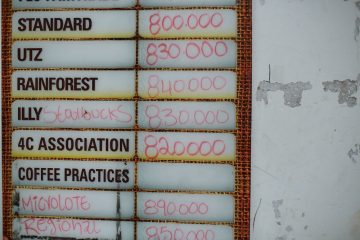
0 Comments